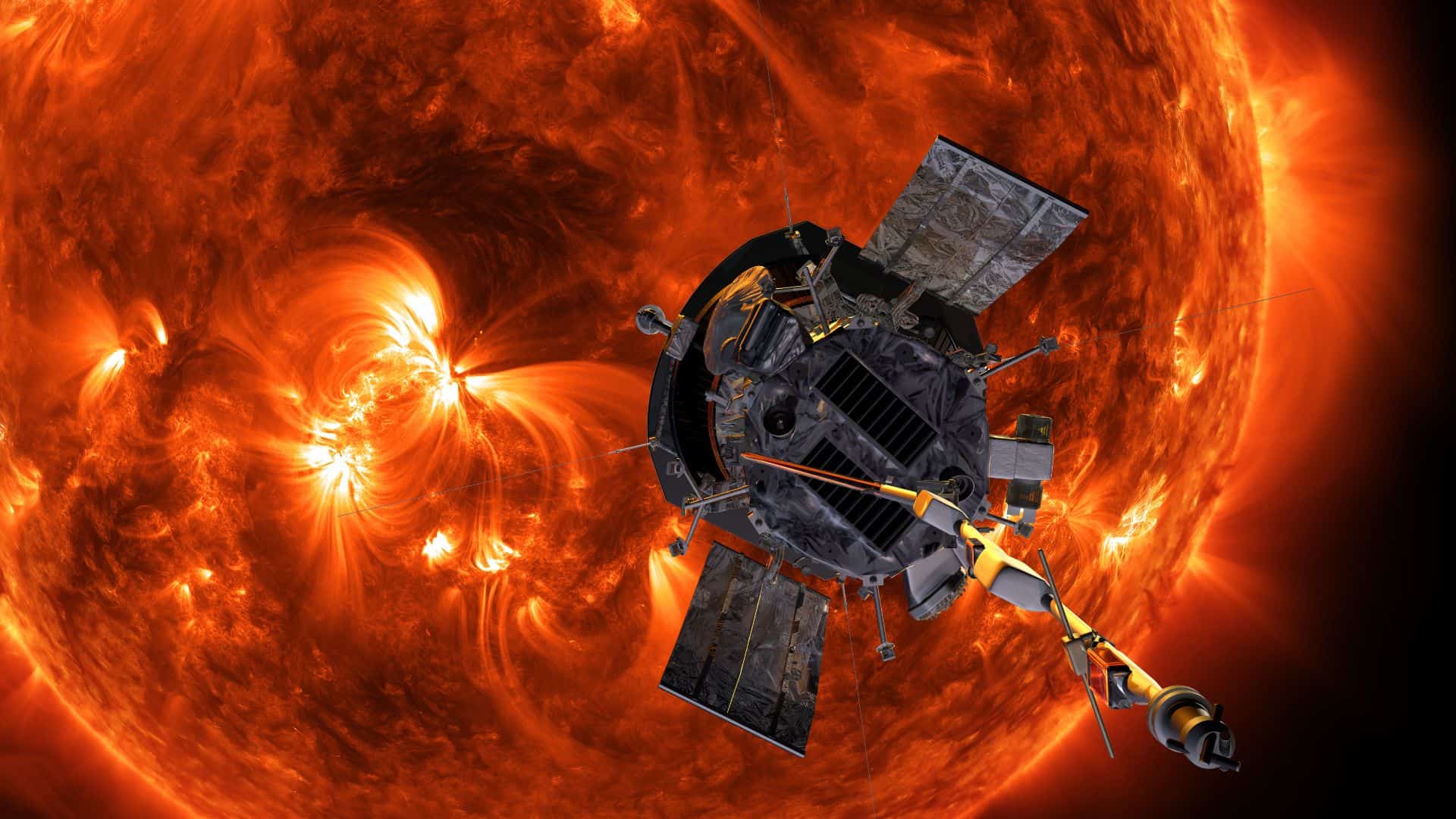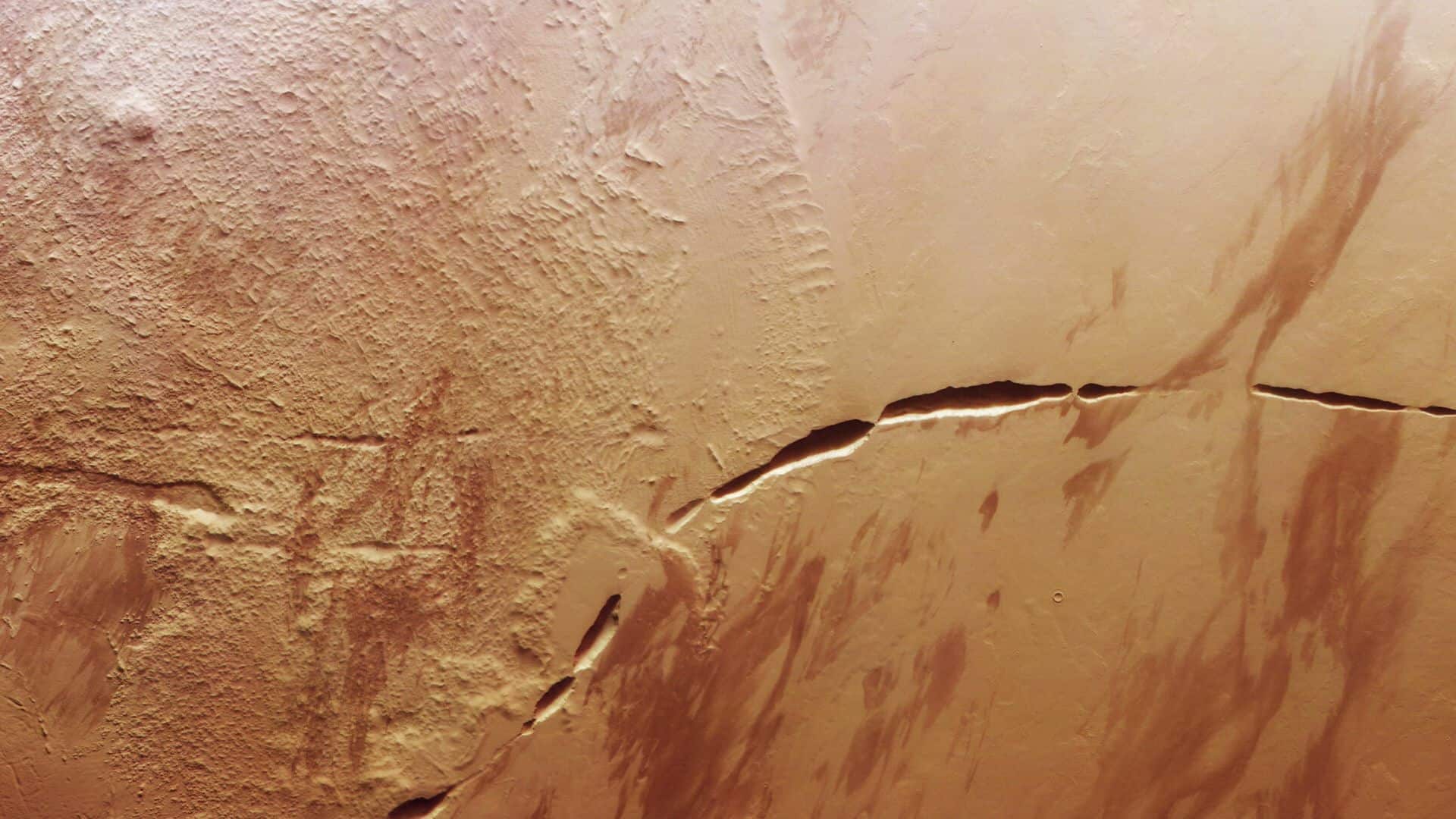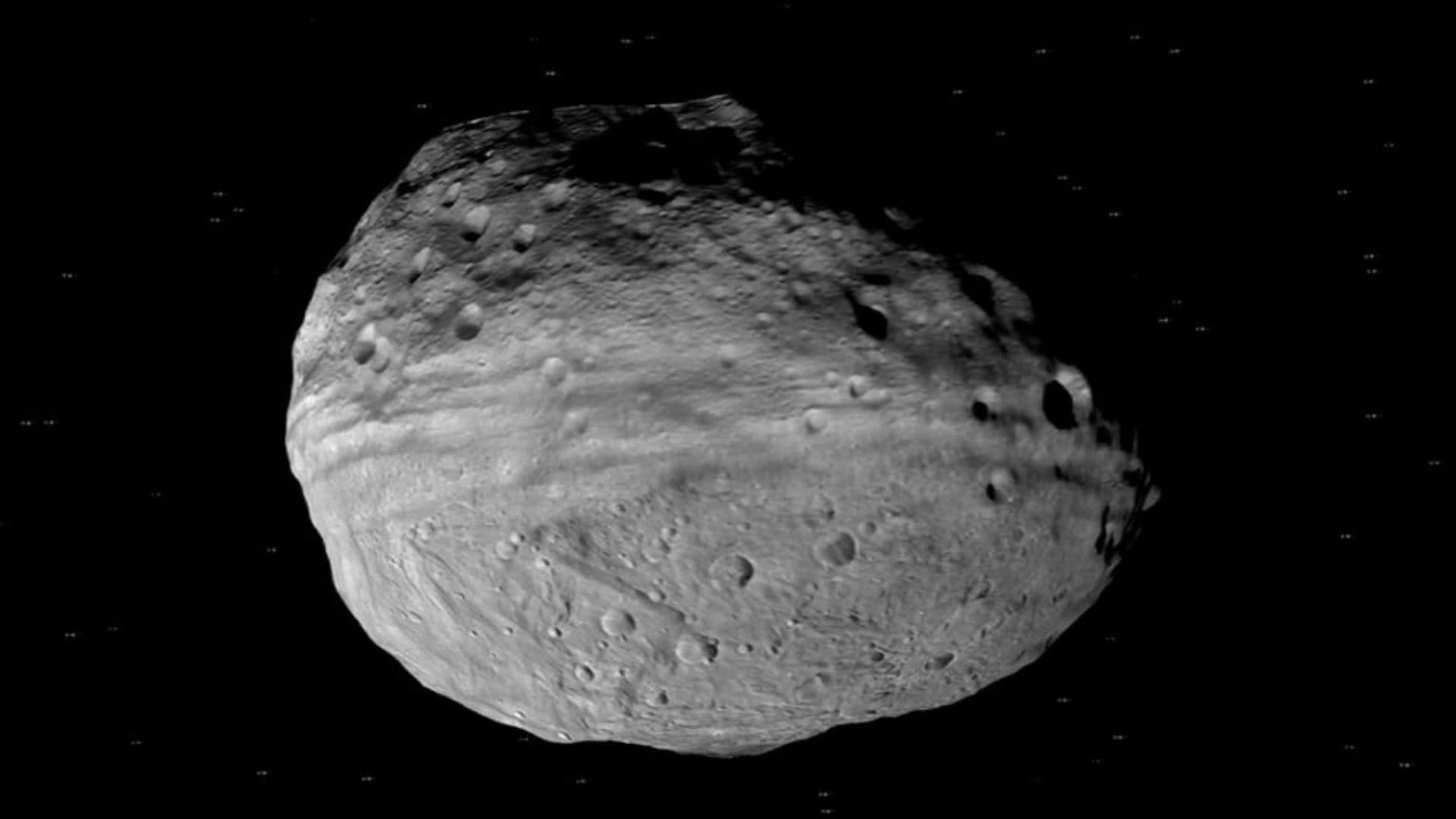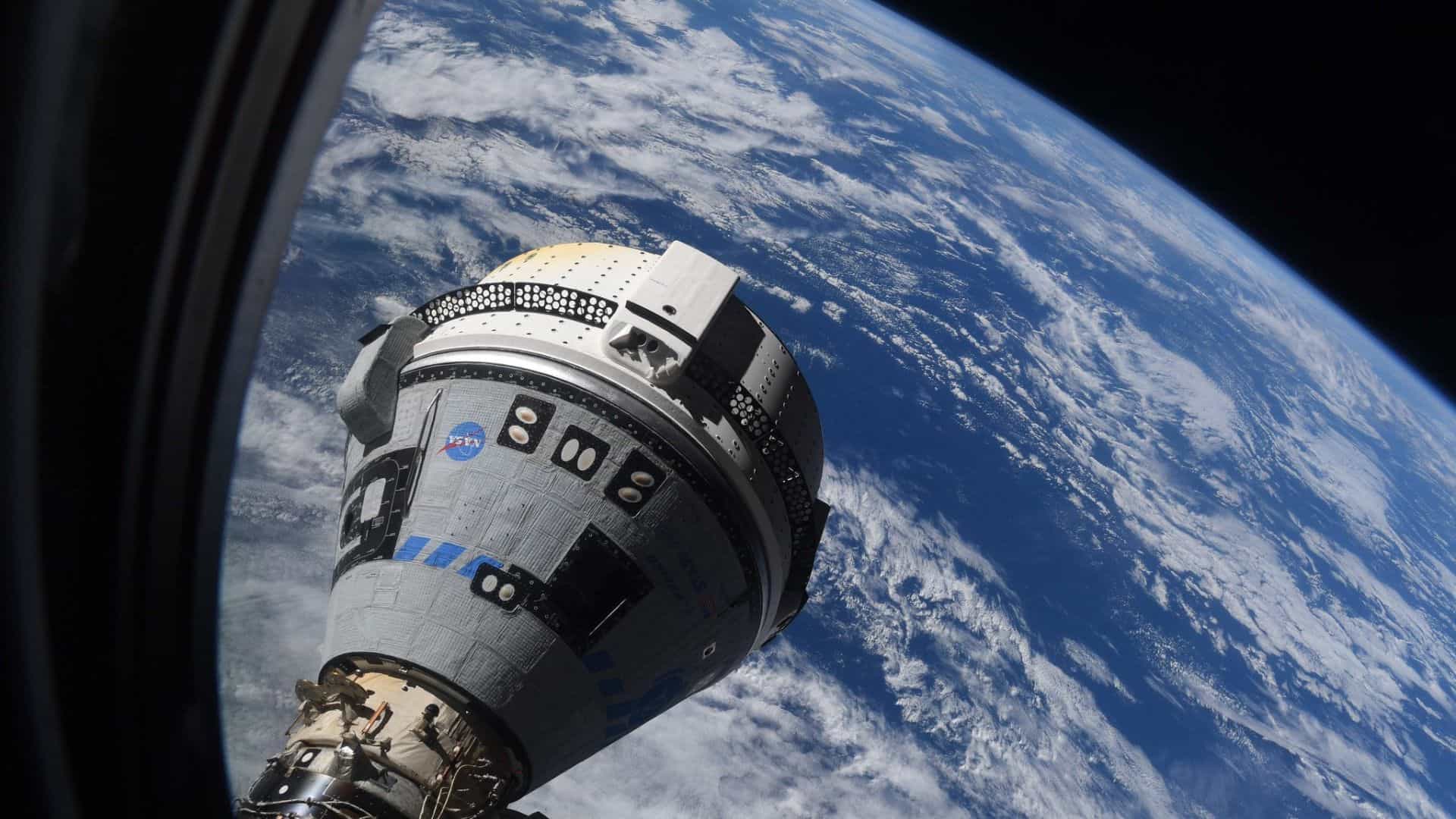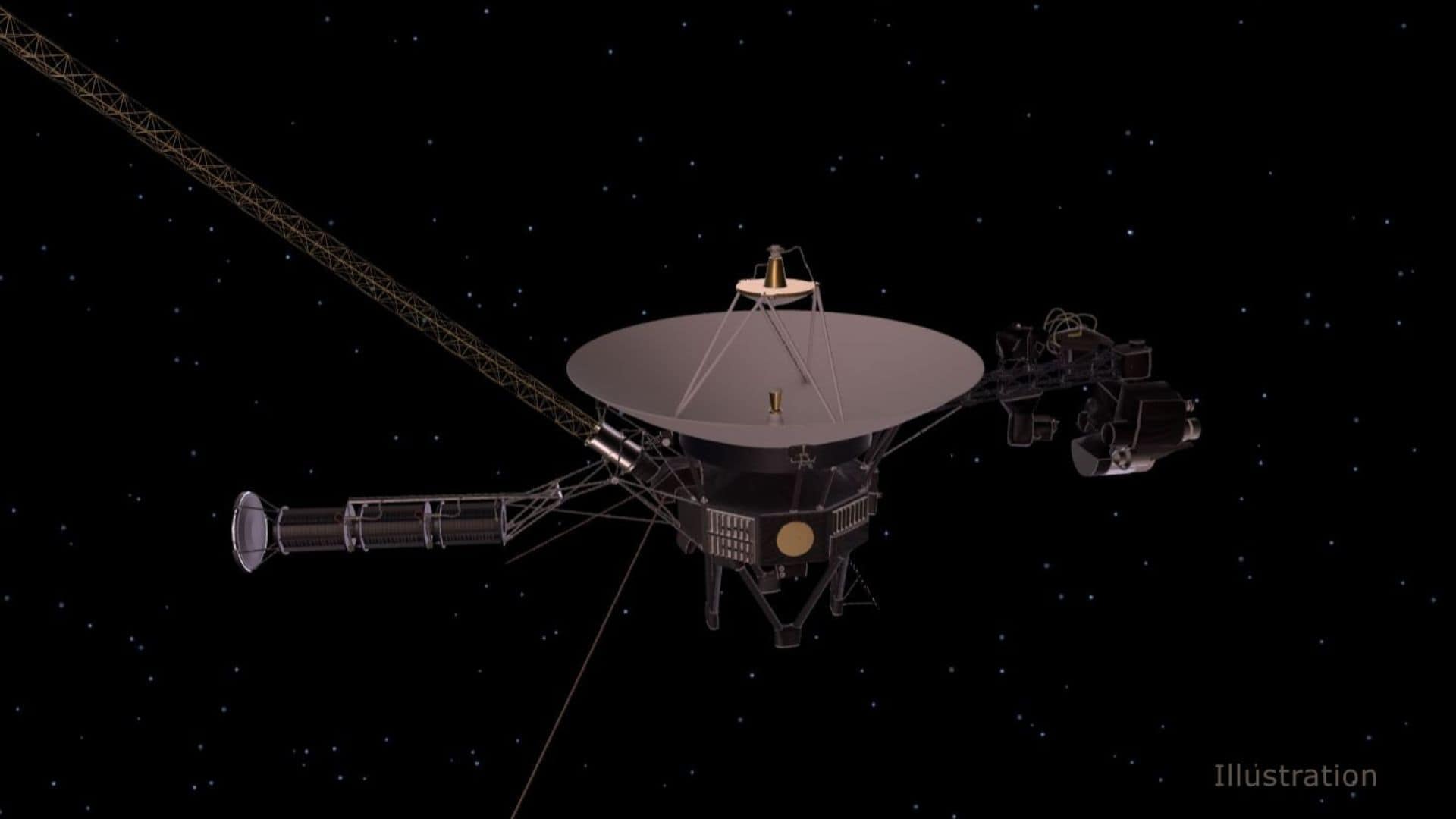
NASA’s Voyager 1 spacecraft has resumed sending usable science data from two instruments after six months.
Voyager 1, along with its twin Voyager 2, was launched in 1977. Currently, both spacecrafts are exploring a region called interstellar space (the space between stars) outside our solar system.
It is the farthest human-made object from Earth and the longest-operating spacecraft in the history of mankind.
Unfortunately the spacecraft stopped sending useable science and engineering data back to Earth on November 14, 2023.
The spacecraft has three onboard computers. In March 2024, the mission control team found that a single chip on one of the onboard computers had been corrupted.
So the computer’s software code that was stored on that chip was not working.
“The loss of that code rendered the science and engineering data unusable,” NASA said in a statement.
The team mentioned two possibilities as the reason for this: either the chip could have been hit by an energetic particle from space or it simply may have worn out after 46 years.
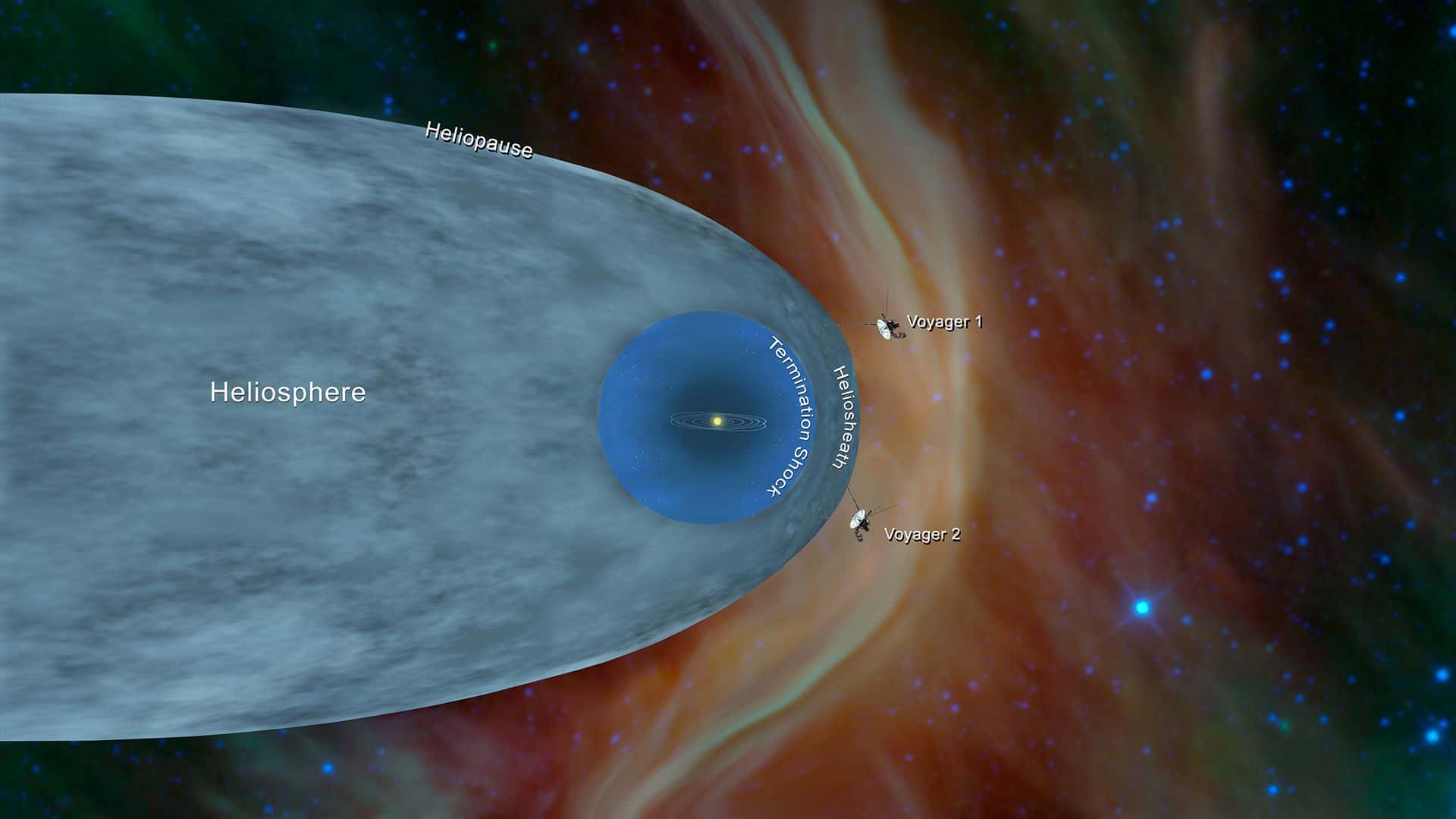
Now it was not possible to go to interstellar space and replace the corrupted chip of Voyager 1’s onboard computer.
So the team decided to place the affected code elsewhere in the onboard computer’s memory.
But no single location was large enough to hold the entire code of the affected chip.
So they planned to divide the affected code into sections and store those sections in different places in the onboard computer’s memory.
To make this plan work, they also needed to adjust those code sections to ensure, for example, that they all still function as a whole.
The team started with the code responsible for the spacecraft’s engineering data. They sent it to its new location in the onboard computer’s memory on April 18.
A radio signal takes 22.5 hours to reach Voyager 1 and another 22.5 hours for a signal to come back to Earth as the spacecraft is located more than 15 billion miles (24 billion kilometers) away from Earth.
When the Voyager 1 team received the signal back from the spacecraft on April 20, they saw that the modification worked.
So the engineering data was replaced successfully, and the team was able to check the health and status of the spacecraft on April 20, 2024, for the first time in five months since November 14, 2023.
Now the mission control team has done the same with the code responsible for the spacecraft’s science data. To do this, they sent commands to Voyager 1 on May 17, 2024, that enabled it to resume sending science data to Earth.
This is a great achievement for the mission’s science team, as the 46-year-old spacecraft is back to normal operations.
Currently two of its four scientific instruments, the plasma wave subsystem and magnetometer are now returning usable science data.
“The mission’s science instrument teams are now determining steps to recalibrate the remaining two instruments, which will likely occur in the coming weeks,” NASA said in a statement on May 22.
Visit here to see the current position of Voyager 1 spacecraft in the interstellar space.
Visit here for the Voyager mission status.
Please bookmark Spaceandtelescope.com or follow us on Facebook and Twitter to get latest space news, upcoming skywatching events and astronomy-related content.
